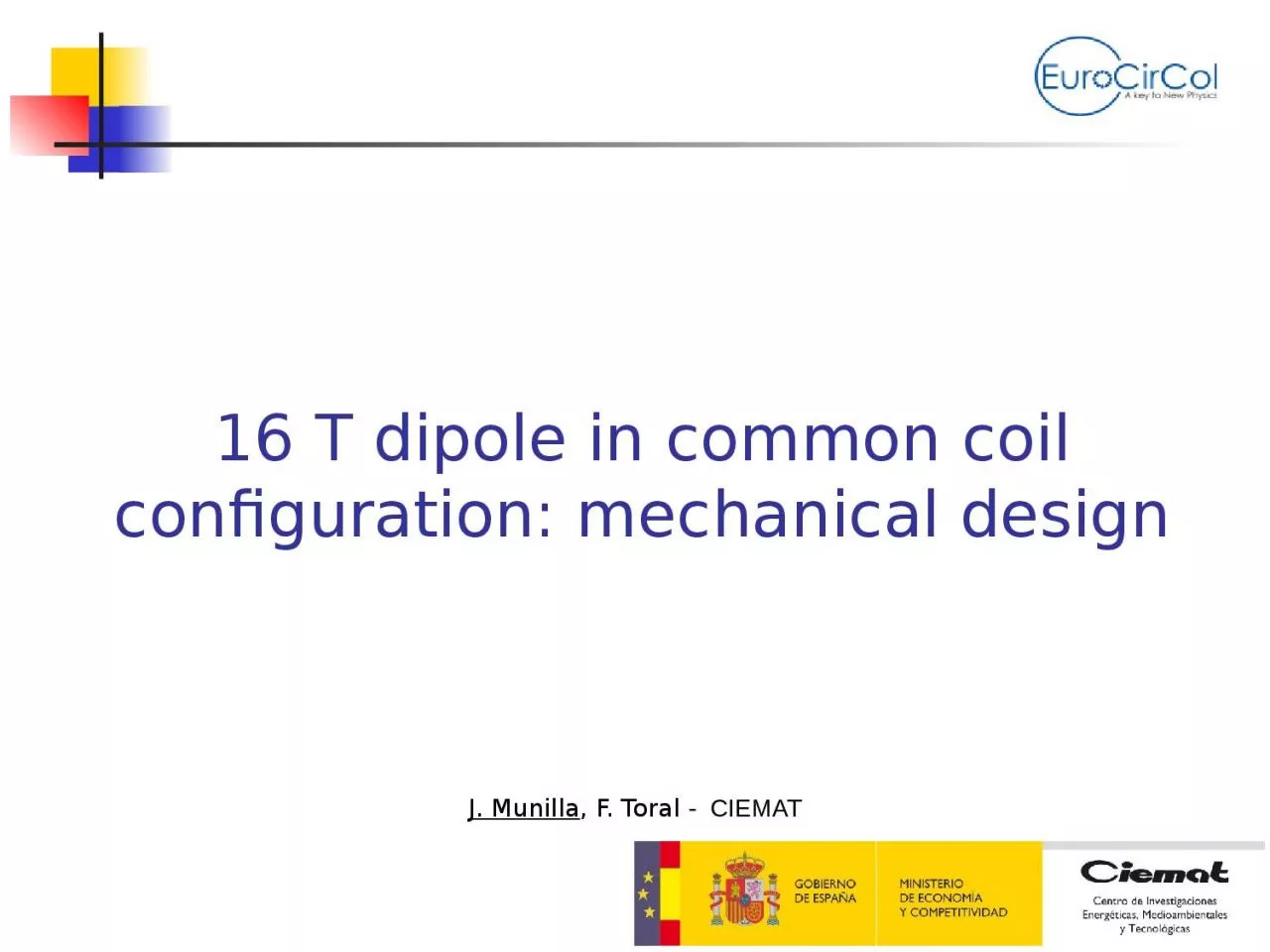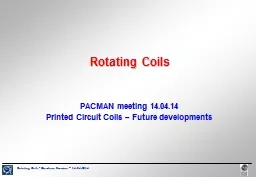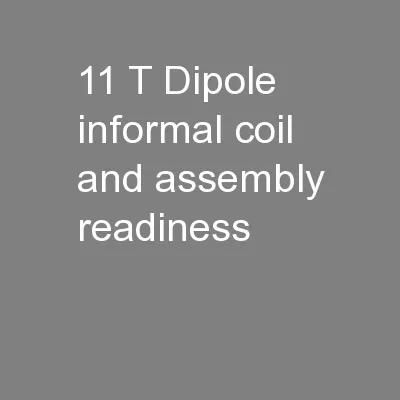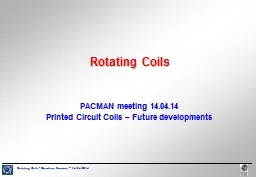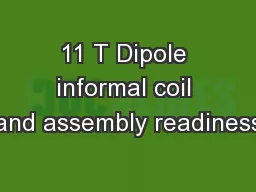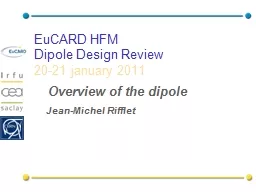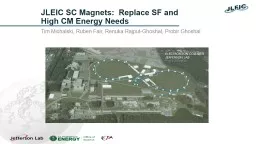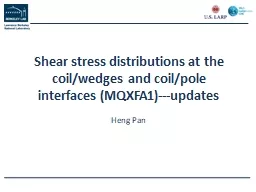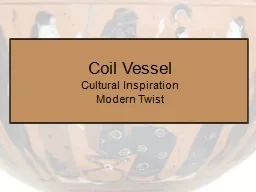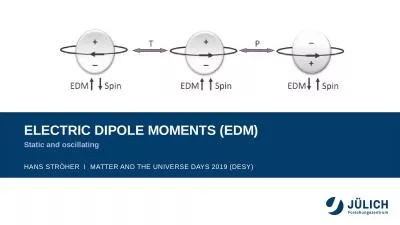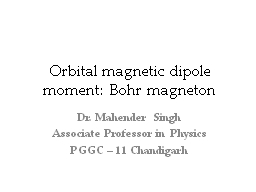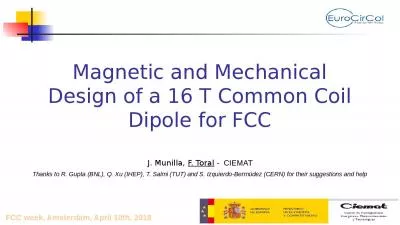PPT-16 T dipole in common coil configuration: mechanical design
Author : maisie | Published Date : 2023-10-04
J Munilla F Toral CIEMAT Concept design 2 Two different approaches are being studied Open structure at beam pipe Optimized magnetic design Not horizontal
Presentation Embed Code
Download Presentation
Download Presentation The PPT/PDF document "16 T dipole in common coil configuration..." is the property of its rightful owner. Permission is granted to download and print the materials on this website for personal, non-commercial use only, and to display it on your personal computer provided you do not modify the materials and that you retain all copyright notices contained in the materials. By downloading content from our website, you accept the terms of this agreement.
16 T dipole in common coil configuration: mechanical design: Transcript
Download Rules Of Document
"16 T dipole in common coil configuration: mechanical design"The content belongs to its owner. You may download and print it for personal use, without modification, and keep all copyright notices. By downloading, you agree to these terms.
Related Documents

